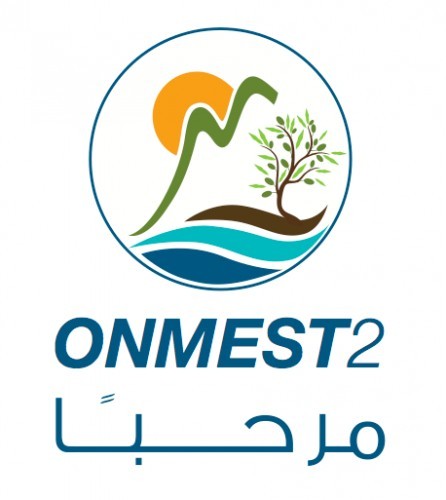
E-LEARNING
Nowadays, receiving education not only differs from a region to another, or from a country to another but it also changes from the traditional known way. The e-learning is an innovative method of education, meaning that knowledge is delivered through the internet, network or standalone computer. E-learning indicates the utilization of electronic applications and processes to learn, and those include: Web based learning, computer based learning, virtual classrooms, and digital collaboration. The e-learning has been an issue in all societies, whereby some are for it and others are against it. Therefore, it would be interesting to study in the first place the advantages and in the second place the inconveniences of e-learning.
First of all, this new way of studying allows each student to have his/her self-paced, meaning to slow down or speed up as they wish. Moreover, it accommodates multiple learning styles different than those we get in traditional schools. The physical attendance is not compulsory since we have accessibility 24/7 to the e-learning. Furthermore, the online studies are opening up broader education options by eliminating the geographical borders! Since, the physical attendance is not necessary and we could have access whenever we want to the courses, we could also add the benefit in economizing the travel time and many other costs, such as the parking, fuel, residence and food. A student may obtain his degree from a foreign university while he is staying in his/her home country, and at the same time he won’t be disturbed by others in class who might distract his/her attention. And let’s not also forget another benefit, which is the systematic availability of the materials so that the learner can read it whenever he/she wants to. The e-learning, not only permits the students to have these advantages, but also enhances the computer and internet skills of the learners.
Yet, there are also disadvantages concerning the e-learning which push the people to reject the idea of studying online and make them stick to their traditional way of receiving education.
To begin with, the students and the instructors may face technical difficulties and gaps in their computer knowledge. And such big gaps require training to cover these issues! In addition the teachers are not always available when needed, whereas if the student was at school or university, it would be easier to have an appointment and meet the teacher in order to have a direct explanation or answer to the pupils’ questions. Another problem would be the continuous updating by the teacher; this needs more than a regular effort to be done. Consequently to the process of e-learning, a student will have low motivation and that may make him/her fall behind, and no one would be aware of such a problem to re-motivate him/her. Furthermore, the e-learning is not the best idea to socialize, since a student can feel isolated from teachers and classmates. Regarding the financial issues, the first need for a student or teacher, would be to purchase or rent a new computer in order to pursue their education, and let’s not forget the high fees of the internet services. And finally, it is important to mention that it is impossible to have hands-on or a practical work through the e-learning!
There are many arguments and counter arguments for and against the e-learning system of education that are very convincing, but it all goes back to the individual’s judgment and measurement of these benefits and inconveniences.
For instance, Baldati academy is the first NGO to offer an e-learning system on its website that allows all people to register, read, study, and have graded quizzes in order to get a certificate, just like 150 members did during several workshops. Many of the disadvantages listed above are avoided by Baldati academy since the access is easy and explained, and since the facilitators are always available to respond to the students’ emails.
Ghinwa Basbous







 Julia Samoty
Julia Samoty
